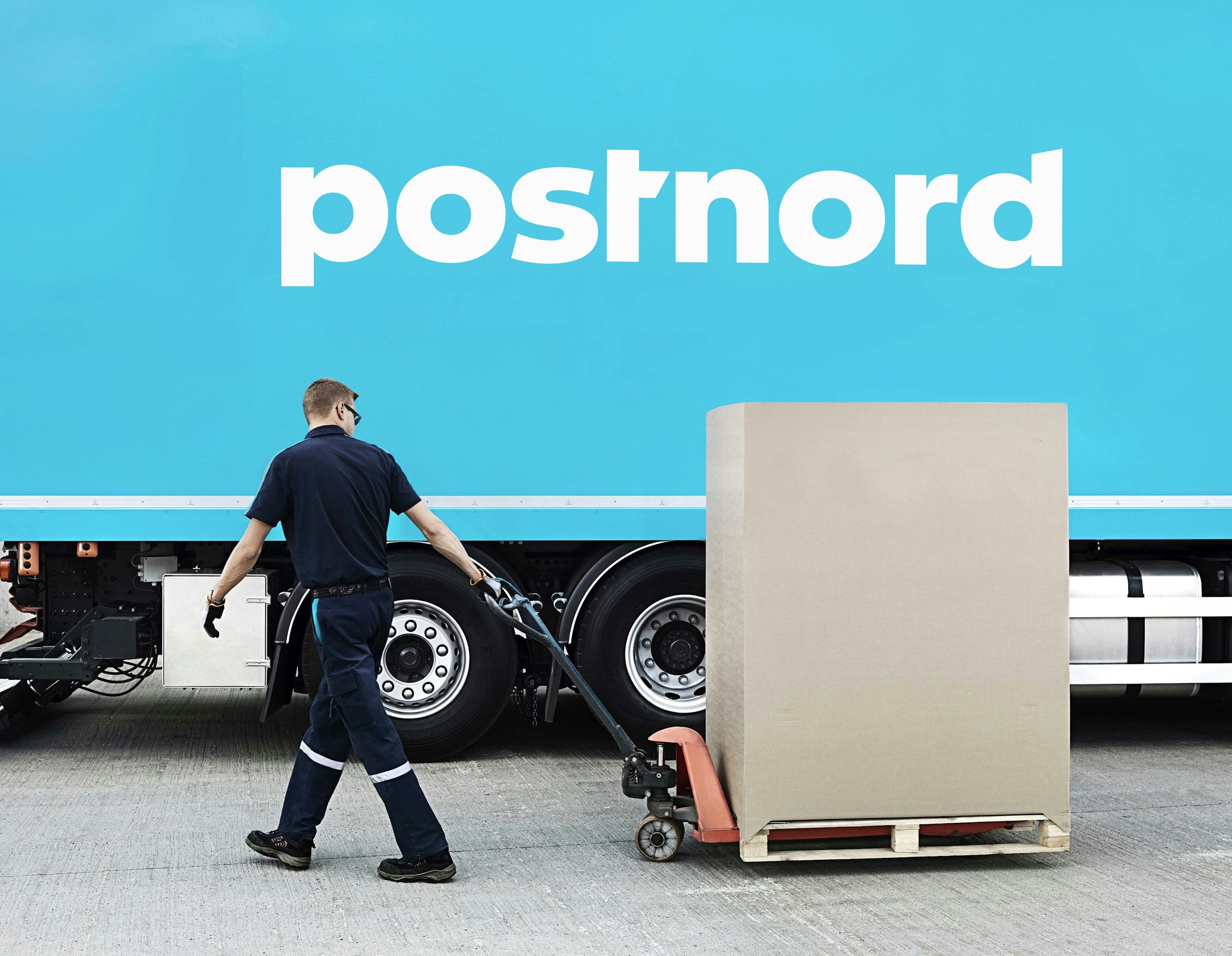Jysk and Implement Strategy
4 April 2018
Since 1979, when the first store opened in Aarhus, Denmark, JYSK Group has grown into an international retail chain that sells “everything for the home” within sleeping and living as stated in the mission statement. Today, JYSK comprises more than 2,300 stores in 41 countries worldwide. JYSK Group is organised into three subsidiaries: JYSK Nordic, JYSK Franchise and Dänisches Bettenlager.
The challenge
The main business unit, JYSK Nordic, operates in 18 countries with large differences in market conditions and penetration. To cater for such variations, a key requirement for the strategy process was to design a strong global positioning platform with flexibility for local adaptation. Furthermore, large differences in growth in comparable stores could be observed, which to a large extent could be tracked back to too low local fulfilment of customer needs compared to competition.
Therefore, another key requirement of the strategy work was to improve customer understanding – to optimise decision-making at all organisational levels, help employees make strategic choices based on customer insights and have fact-based discussions within the country management teams.
The solution
After having made distinct choices on where to play and how to win, JYSK launched a customer-oriented strategy centred around four customer promises offering a more relevant value proposition to three target customer segments.
To make sure that the strategic direction was owned and anchored at every organisational level, there was broad involvement of the management teams as well as selected functional specialists and managers from the company during the strategy process. More than 100 employees were involved throughout the process, and more than 12,000 customers were surveyed across the different markets in which JYSK Nordic operates.
In order to bring the strategy to life, a compelling and clear strategy story about “putting the customer first” was created and embedded in the entire organisation. A key point in bringing strategy and execution together was a dedicated focus on “changing conversations” at every level of the organisation.
Consequently, the story was shared at a kickoff meeting at all levels followed by integrated “customer first” introduction programmes, central and decentral training sessions, morning meetings, international training, e-learning and videos.
In order to support choice-making and align commitments at all levels of the organisation, the segment strategies and customer promises were aligned with performance goals in the company’s balanced scorecard. Due to the country-specific differences, the balanced scorecards were designed to fit the specific challenges and customer needs. Moreover, change initiatives derived from the strategic choices provided guidance for developing business plans for each country. The plans now work as a tool for country, retail, district and store managers, who are also responsible for capability building at the local level.
The impact
Today, “customer first” is a standard topic on all meeting agendas and is further fully integrated into JYSK’s new visual identity. Alongside this, the country managers in the first cascade and the store managers in the second cascade played an important role as they communicated the story and acted as an important link in cascading choices from top floor to store floor.
Overall, in a large and complex global organisation such as JYSK, a key enabler for linking together the different strategic levels in an integrated cascade has been the ability to focus. “Customer first” has contributed to creating a common language across the organisation and resulted in new fruitful conversations about customers at all levels and across countries, creating an even stronger global brand and organisation.





